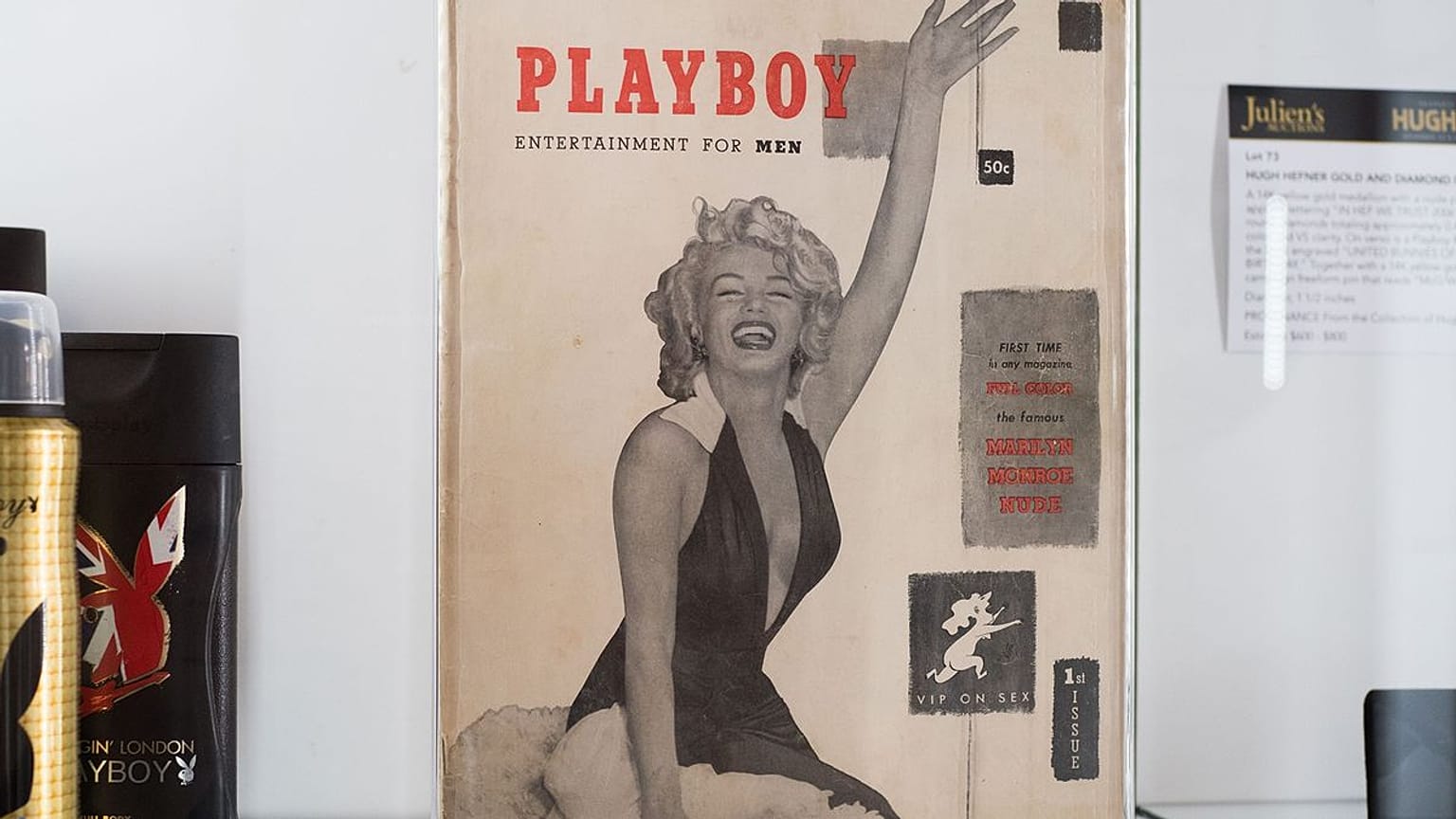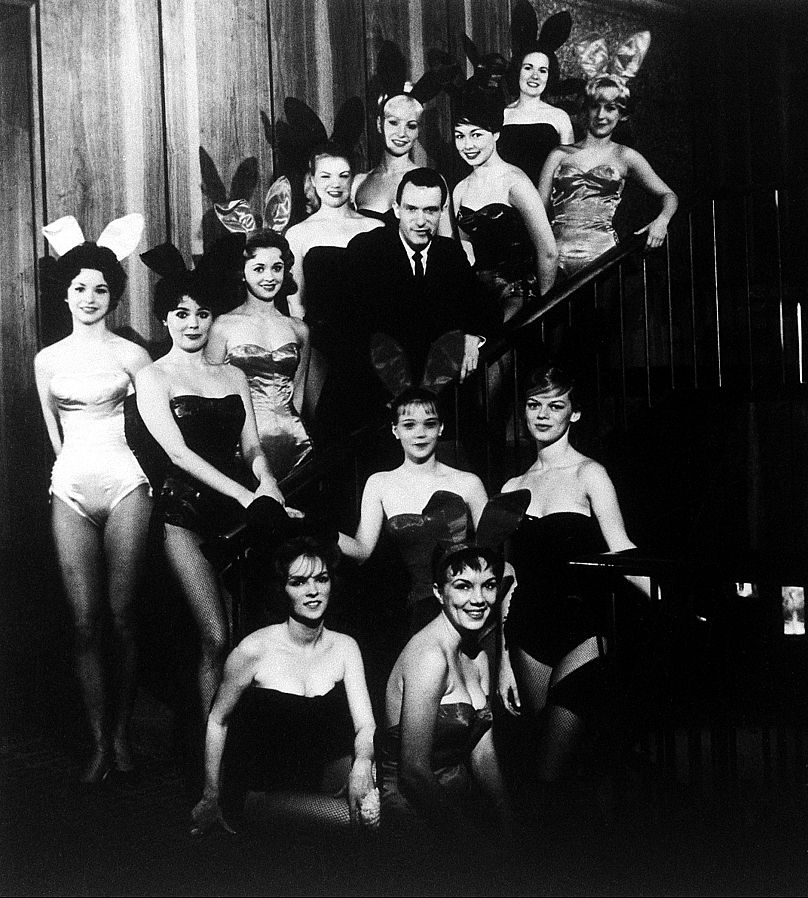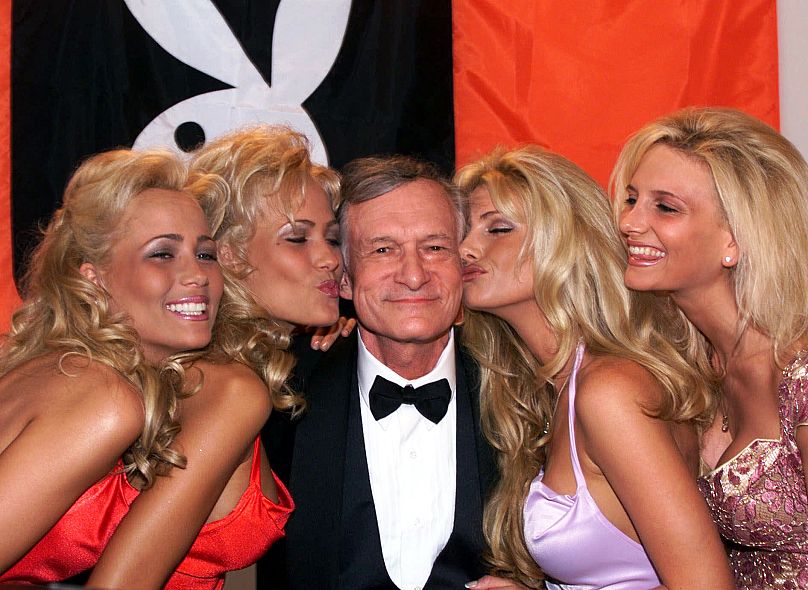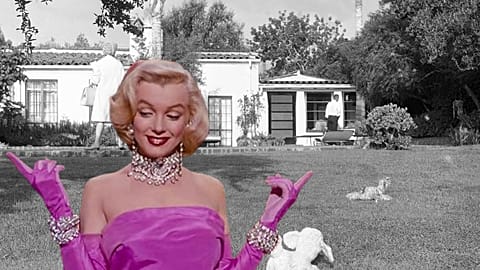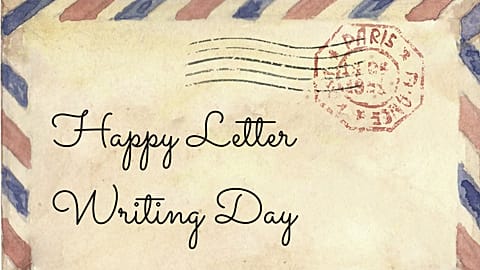1 December 1953: The first edition of Playboy is released.
70 years ago today, the first copy of Playboy magazine was released to the public. The salacious serial grew to become an icon of the 20th century titillation and made its founder Hugh Hefner a global star.
After leaving a role at Esquire, a 26-year-old Hefner took out a mortgage and raised over $8,000 to fund his own magazine. Originally intended to be called Stag Party, Hefner changed the name after a trademark concern was raised.
He settled on Playboy as the title and decided that the first issue should put Marilyn Monroe as the main selling point.
But Hefner didn’t actually ask Monroe to pose for any images. Nor did he pay her for the privilege of printing her in his nascent magazine.
In fact, Hefner used images of Monroe from a 1949 nude photoshoot the model had done when cash-strapped. Monroe had taken the pictures under the pseudonym “Mona Monroe” and was paid $50.
Hefner, who was obsessed with Monroe, paid $500 for the rights to the photos and put the nude print as the first centrefold of the magazine, a non-nude image as the front cover and named the starlet as the publication’s first “sweetheart of the month”.
The first issue – printed without a date as Hefner didn’t know if there’d be a second – went on sale on this day in 1953 for 50¢.
It sold for over 50,000 copies, making up more than Hefner’s investment and allowed the soon-to-be mogul to follow up with more issues.
Hefner’s personal first edition of the magazine went up for auction in 2018 and was expected to sell at between $3,000-5,000.
Monroe would feature as part of Playboy’s imagery for many years to come. She (alongside impersonators) has featured as the cover model in 1955, 1979, 1997, 1999, 2005 and 2012.
Although the object of his obsessions, Hefner never met Monroe in person. After her death in 1962, in 1992 Hefner bought the neighbouring crypt to where she was buried in Westwood Village Memorial Park Cemetery.
Both Hefner and Monroe were born in 1926. Hefner died on 27 September 2017 aged 91 and was buried in the crypt he’d paid $75,000 for.
In its 70 year publication history, Playboy has been credited in its role for promoting the sexual revolution of the mid-20th century. It published writers and supported them to reach great acclaim – the 1953 novel ‘Fahrenheit 451’ by Ray Bradbury was serialised in 1954.
The iconic bunny logo and Hefner’s Playboy Mansion have become associated with the particular brand of promiscuity the magazine published, for good and bad. Many have been critical of the way the magazine sexualised women through the male gaze.
Just under three years later, Playboy ran its final print issue on 17 March 2020. It continues to be published online.















